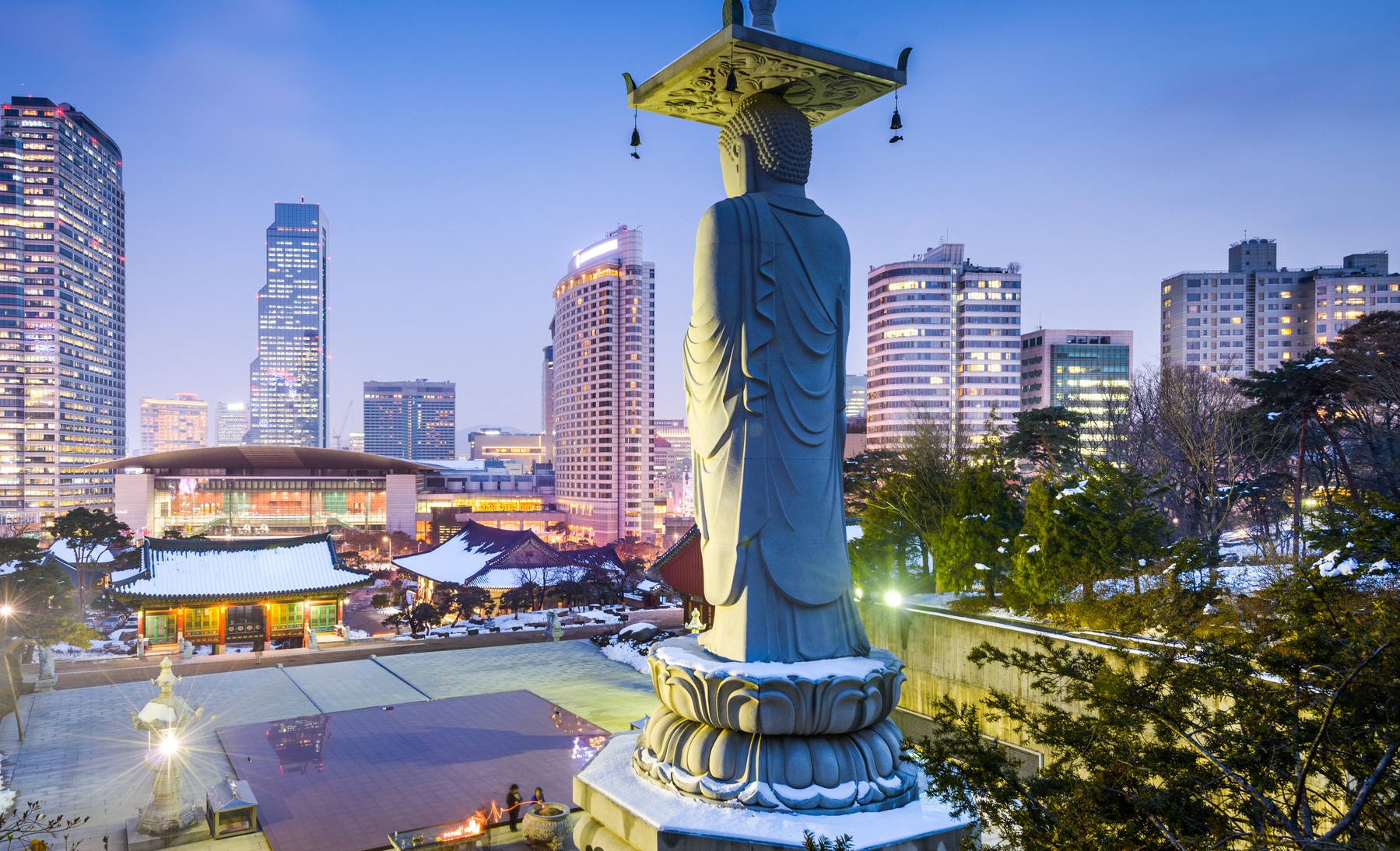The eleventh largest economy in the world, the Republic of Korea, is home to some technology and manufacturing giants – names we all recognise, like Samsung, Hyundai, LG and Daewoo. Korea’s economic success is founded on access to world markets, and that’s great news for New Zealand exporters.
While it’s still early days, the Korea-New Zealand Free Trade Agreement signed in 2015 looks to be delivering on its promise to boost business and strengthen ties between our two countries. This relationship has been reinforced by President Moon Jae-In’s visit to New Zealand this week.
J-Nomics and the rise of consumer spending
Korea is our fifth largest goods export market, and two-way trade recently surpassed NZ$4 billion in value. Since the New Zealand-Korea Free Trade Agreement (FTA) came into force three years ago, two-thirds of our exports now enter Korea duty free, a figure that will eventually reach 98 percent. This softening of Korea’s traditionally protective trade policies translates to further opportunities for Kiwi exporters, and Korea’s focus on lifting wages and creating jobs brings more good news. President Moon Jae-In’s economic reforms, dubbed ‘J-Nomics’ aim to raise wages among lower and middle income earners, and increase domestic consumer spending. This, combined with a solid growth outlook, means Korea remains a reliable market for New Zealand businesses.
While forestry products account for a decent amount of our exports to Korea (to the tune of almost NZ$500 million), it’s an even more attractive and significant market for our food and beverage exporters, where the FTA has seen trade in the F&B sector increase by 35 percent to top NZ$700 million.
We’re winning because Korean consumers value our reputation for safe, reliable and premium products, but there’s definitely room for ongoing marketing investment to increase consumer awareness in this area.
Rewarding commitment
Korea is a market that reacts well to commitment from an account management, promotion and branding perspective. This is evidenced by the stunning success of our avocado exporters who started to invest in the then tiny Korean market roughly six years ago. Through significant marketing and promotions investment, they educated Korean consumers about the avocado’s health benefits and culinary options, and rode a large and fast-moving wave to build a substantial market. Korea is now our second largest export market by value for avocados, surpassing more well-established markets like Japan.
Health products and niche technology
The east-Asian culture of preventative medicine also provides strong openings for New Zealand companies, with products such as deer velvet, green-lipped mussels and manuka honey prized for their ability to ward off age-related illness. With one of the fastest ageing populations in the world, Korea has a large market for high-value, premium functional health food products. Koreans will gladly spend up large on these products for their parents or grandparents.
But it’s not just F&B exporters seeing returns in Korea. There are also opportunities in the specialised manufacturing and technology sectors. While it’s difficult for Kiwi businesses to scale to meet demand from large Korean corporates, where we can succeed is with more niche offerings. For example, Hamilton Jet supplies jet propulsions to the Korean Coastguard; and Skyline Luge International has been wildly successful, with its luge operations in the town of Tongyeong clocking up 2.7 million rides since it opened in early 2017.
Preparedness
So what market-entry challenges might exporters encounter? Depending on your product, Korea can have a reasonably complex regulatory system and there are a number of non-tariff barriers, so it’s vital to do your homework so you know the landscape before taking the leap into this market.
As a strongly relationship-based business society, the emphasis is on building and maintaining relationships. These connections are often more important than the details of the contract, so you’ll need to make regular visits to the market, or at the very least conduct video calls with customers. Kiwi businesses can come unstuck due to the differences in communication styles. Fail to respond quickly enough to an email inquiry and you may find your customers or channel partners have moved on and the opportunity is lost.
There are also boom-and-bust risks. Trends in areas such as health food or cosmetics come and go quickly in Korea. This can create unrealistic expectations for New Zealand companies around the long-term viability of the market. Kiwi companies have been known to invest in manufacturing facilities only to see the market fall out from under them.
The lesson: don’t over-leverage yourself until you’ve tested the stability of the market.
Likewise, be wary of working with just one of the small number of major retailers too early in the piece. If your product is removed from the shelf and that trade disappears, you could be left high and dry, so create a strong foundation in the market and understand the market dynamic before committing to a single large account.
That said, forecasters are predicting another year of solid economic growth in Korea. This should continue to foster the conditions that have maintained a steady flow of New Zealand exports to Korea in recent years. With many traditional trade barriers now removed, it’s a great time to consider this market.
Article by Jack Stenhouse, NZTE Trade Commissioner for South Korea.




